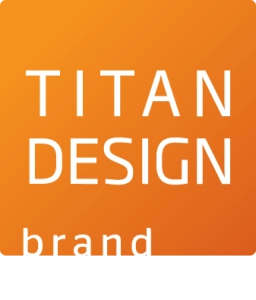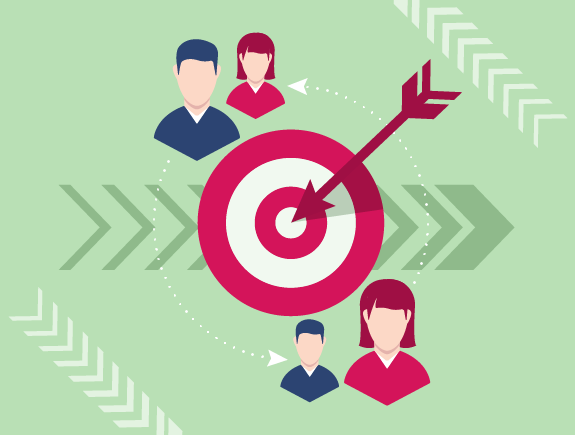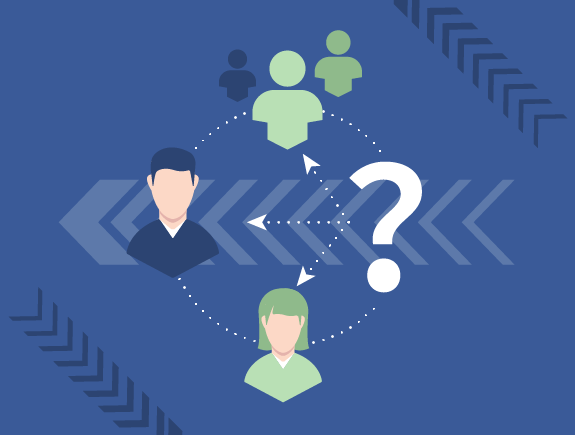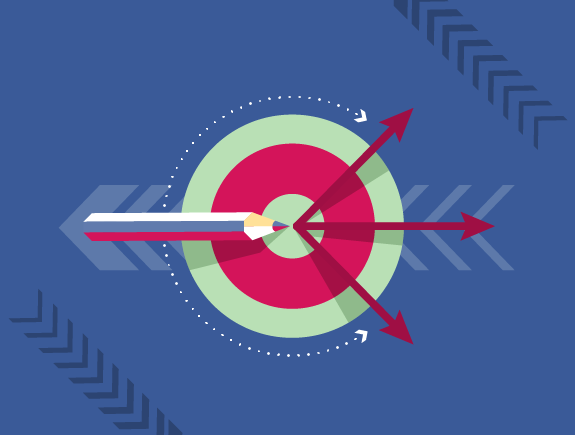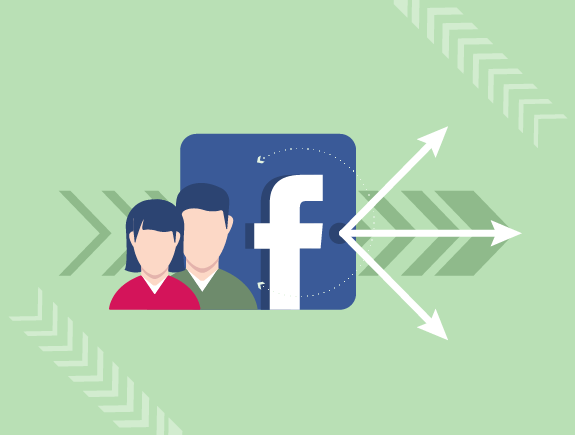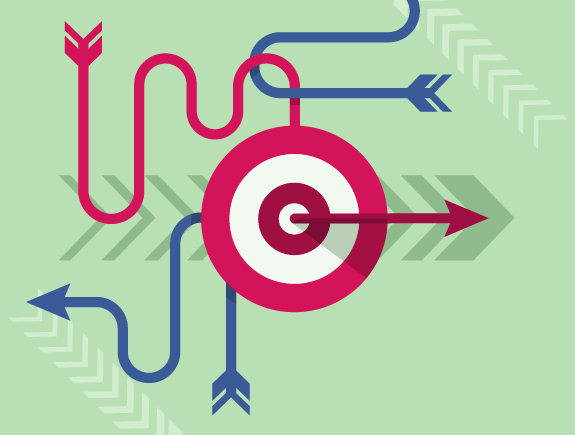Who is your target audience?
If you say everyone could be your target audience, this will surely annoy people working in marketing agencies. Though it is much worse to create a campaign with broad targeting and get fewer results in comparison to the one with a clear and targeted audience.
Why? Because defining a narrow audience and specific target group increases the chances of creative solutions to be more successful so it shows the behavior and interests of our consumers and reveals the places where we can locate them and also shows the way to get to them easily.
We can set a broad target audience: Women 25 – 65 years old, or narrow it: Women from Belgrade, 25 – 65 years old, with high education, career, pets, who fancy picnics, going out, and photography.
In the other case, only based on a targeted group we can learn more about our potential customers, even the slang they use. We can clearly learn they are very busy, lack free time, and spend time going on walks with their pets.
When we gather all this info, we create messages that directly address our potential consumers. With their language, about their own worries. We offer the solution to their problems. Moreover, we can create and put the message in places where they will certainly see them. In our example, these are parks and places for a walk. This way, we increase the chances our campaigns will be successful and seen.
In the first case, the target audience is too broad. Because habits, hobbies, ambitions, education, etc, depend on geolocation, so the resulting campaign is too broad, too general, generic, and easy to predict.
In short, the target audience a priori dictates the tone, language, and communication style. What is the right way to define a target audience?
We can define it based on many criteria, like gender, age, location, education, salary…but the best advice is to move from narrow to broad, specific to general.
Describe your target audience, your ideal clients, imagine them. Give them names, addresses, professions, hobbies, then go deeper, think about the music and series they like. Think about their relationships, values, favorite food.
Think about people you know, who could be your ideal target audience, then list their Facebook and Instagram profiles, try to find individual characteristics yet general enough, that could be in common to all from your target audience.
If we take our examples (women from Belgrade) that individual, yet general characteristic could be “The Fabulous Destiny of Amelie Poulain”, healthy lifestyle, concern about eco topics, picnics to Kosmaj, ice-cream in “Black Sheep”, products for pets, cosmetics…
When we define the interests of our target audience, we should ask ourselves how do we fit in. the answer to this question will define the direction of our creative strategy.
Target audience is very important in digital marketing, but also digital marketing and tools digital marketers use can be crucial for defining the target audience.
Facebook offers a wide range of options for making choices and categorization of people we want to show an ad to. That’s why it makes it a perfect testing tool. We can show the same ad to different groups of people. We can split them based on many factors, like age, location, interests. When we discover the place where our ad gives the best results for the same money, that’s the group we sFacebook offershould enter, study and meet as well as possible. It’s the target audience we should dedicate to, and tailor our creative solutions based on group members in a way we previously explained.
Marketing is a fluid industry where things constantly change. Target audience changes too. Once you set your target audience it doesn’t mean it will last forever.
For example, it can change if your product gets a different perspective. Let’s imagine your business is producing and distributing running sneakers, but by time, people start wearing your sneakers every day. As your task is to keep pace with your audience, you should make changes to your target audience, adjust design and communication.
Another example could be the production of sweets. Your target audience is – kids. But kids change and their attention changes, interests get more profiled and defined. We have to change together with them.
Marketing is a fluid industry where things constantly change. Target audience changes too. Once you set your target audience it doesn’t mean it will last forever.
For example, it can change if your product gets a different perspective. Let’s imagine your business is producing and distributing running sneakers, but by time, people start wearing your sneakers every day. As your task is to keep pace with your audience, you should make changes to your target audience, adjust design and communication.
Another example could be the production of sweets. Your target audience is – kids. But kids change and their attention changes, interests get more profiled and defined. We have to change together with them.
